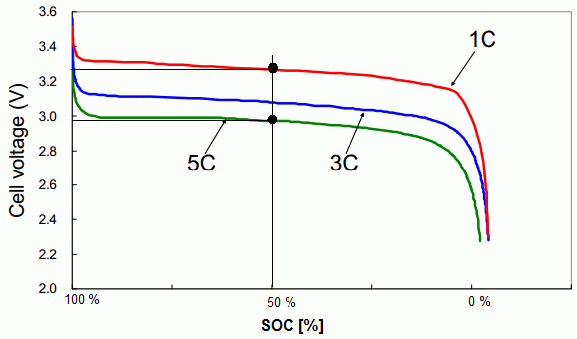Boatguy
Active Member
Actually your results are quite close to mine. You used 1 RM for each 275Wh consumed, very close to the 273 that I observed and well within the rounding error.Finally from this I think it is hard to pin down a car's Wh/RM from measurements.
I also went back and looked at some data I had collected for a trip to/from Yosemite. That round trip showed one RM consumed for every 275Wh outbound and 273Wh on the return for an average of 274.
I'm getting comfortable with the idea that Tesla clicks off an RM for about every 274Wh consumed, apparently on both the S70D and S90D.
While actual Wh/mi consumption per odometer mile is going to vary based on terrain, weather, driving style, etc., since my projected miles are based on 290Wh/RM, my true Projected miles should be about 5% lower (i.e., 275/290 = .95) and a car like the S70D which assumes 300Wh/mi actually has about 8% less Projected miles (275/300 = 92%) than is shown on the Energy graph.
This also implies that with a 100% charge of 289RM my usable battery pack is only 79.5kWh. Of course this is predicated on Tesla accurately reporting the total energy consumed and miles driven. In any case, Tesla's numbers do not cross foot. They really should clean this up in 8.0 and more accurately report Projected miles.
This is pretty easy to measure, perhaps a few others can report their Wh/RM.



